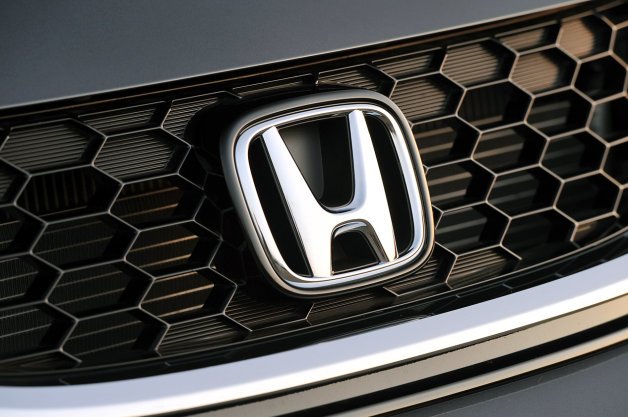Honda develops hybrid motor without key rare-earth metals

The key is a new motor not using any heavy rare-earth metals, such as dysprosium or terbium. The breakthrough frees Honda from being at the mercy of supply bottlenecks of the sparsely distributed metals and increasing prices as demand for them soars.
Honda will deploy the motor this fall in a hybrid variant of its Freed, a Japan-market subcompact minivan based on the Fit architecture. Honda developed the new motor with Japanese metal supplier Daido Steel Co., the companies announced Tuesday.
“A reduction in the use of heavy rare earth elements has been one of the major challenges needing to be addressed,” the companies said in a joint release.
Honda called the development the world’s first practical application of a high-performance hybrid vehicle magnet that doesn’t require heavy rare earths. Heavy rare-earth metals are typically needed in such magnets to deliver heat resistance properties.
The new approach developed by Honda and Daido uses a hot deformation method to create the magnets, instead of the traditional sintering method.
That allows the magnet’s microscopic crystals to align in a much finer structure with great heat resistance, thereby bypassing the need for the heavy rare-earth metals.
Avoiding rare-earth metals
Automakers have been scrambling for ways to reduce the use of rare-earth metals, and recycle them, because the class of metals is sourced from limited places, and prices are expected to rise along with growing demand from the automotive and electronics industries. They use the metals in such products as motors and batteries.
The global rare-earth metals market is expected to exceed $9 billion by 2019, growing at an annual rate of over 14 percent through then, according to a forecast issued this year by Technavio Research, a technology research and advisory company.
“Rising global demand for rare earth metals has resulted in sharp increases in their prices due to a flat to negative supply growth from the key producing region,” the Technavio report said. “Japan has been sourcing rare earths and is aggressively trying to develop its own source of rare earth metals amid regional disputes with China.”
China is the world’s key producer of rare-earth metals, accounting for as much as 90 percent of global output. That causes concerns about both price and supply.
Chinese dependence
Japan’s automakers, which have made rare-earth-using hybrid vehicles a centerpiece of their green car strategies, learned the hard way about dependence on China in 2010.
During a territorial dispute over a spray of islands claimed by China and Japan, Beijing decided to turn the economic screws on Japan by halting shipments of rare-earth metals.
Japan backed down. And despite Beijing's denial that it ever officially halted exports in the first place, traders were telling journalists shipments then magically resumed.
The lesson for Japan was clear: Depending on China carries plenty of hidden costs.
To be sure, Honda’s new technology is not completely free of rare-earth metals.
High-power magnets used in electric or hybrid vehicle motors use another rare-earth called neodymium. But that is considered a light rare-earth metal and can be sourced from China as well as other countries, such as the U.S. and Australia. The heavy rare-earth metals dysprosium and terbium aren’t readily sourced from anywhere else besides China.
Heavy rare-earth metals account for as much as 10 percent of a motor magnet’s weight, while neodymium accounts for around 30 percent and iron around 65 percent.
Honda expects to deploy the new motors in other hybrid vehicles. But engineers said the technology may still have limited applications in electric vehicle motors.
Electric vehicle motors operate at higher temperatures because they are the sole traction source powering the wheels. Hybrid motors typically work in tandem with the engine. The higher temperatures mean the EV motors still rely on heavy rare-earth metals.
Daido Electronics Co., a subsidiary of Daido Steel, will begin mass producing the new magnets in August at a newly built line in a factory in Japan. Daido said it will use that as a launch pad to enter the market making magnets for drive motors in hybrid vehicles
Related News
